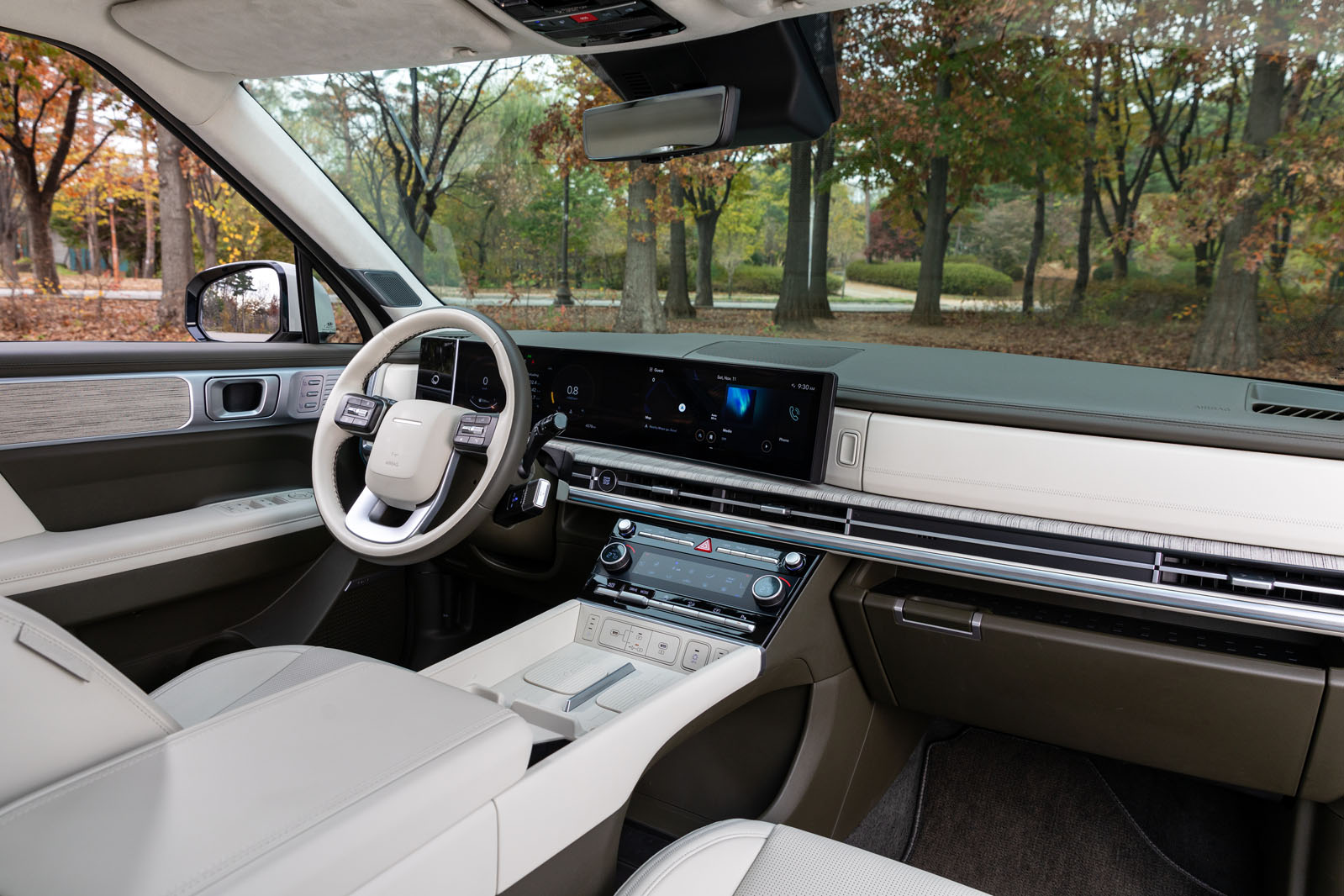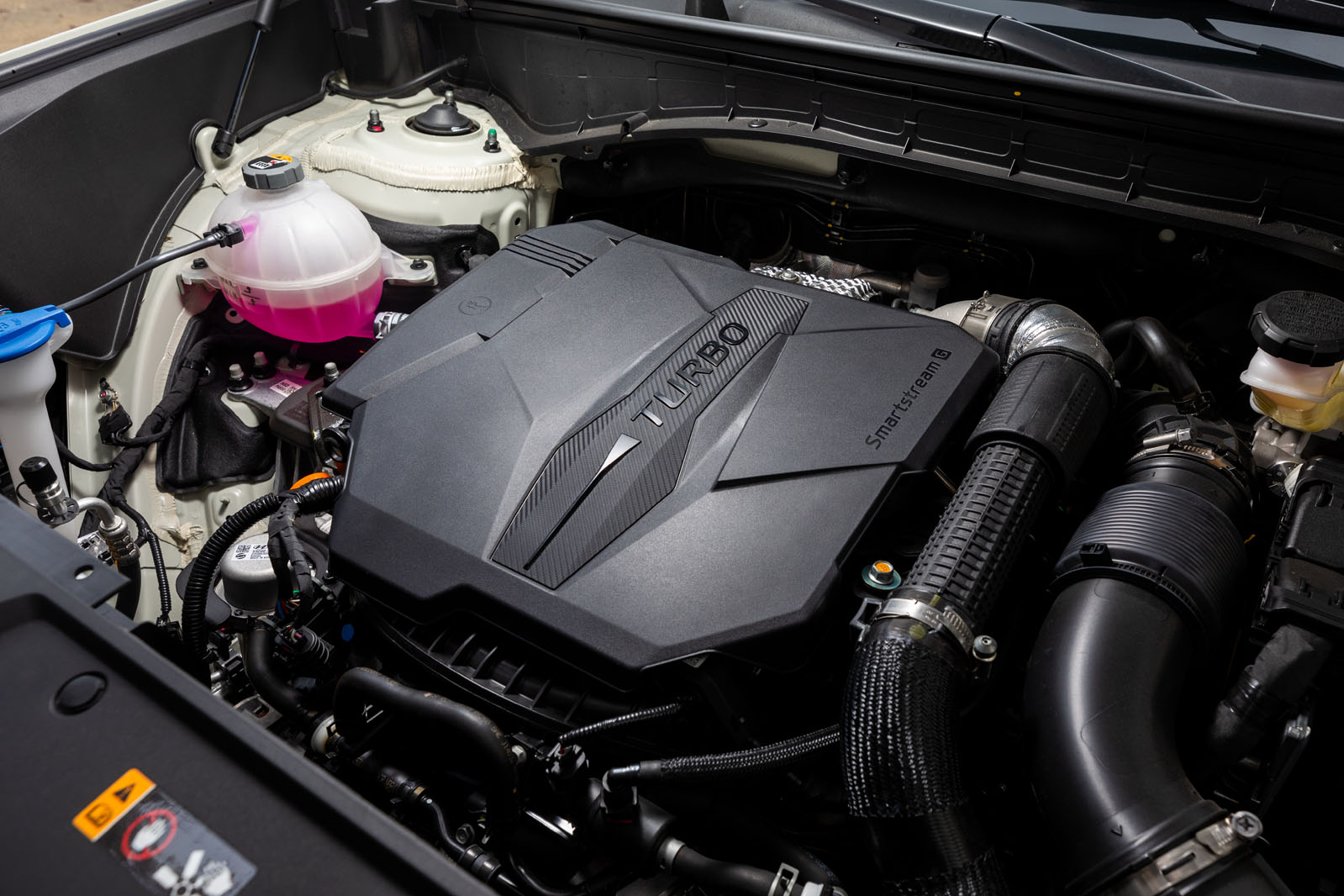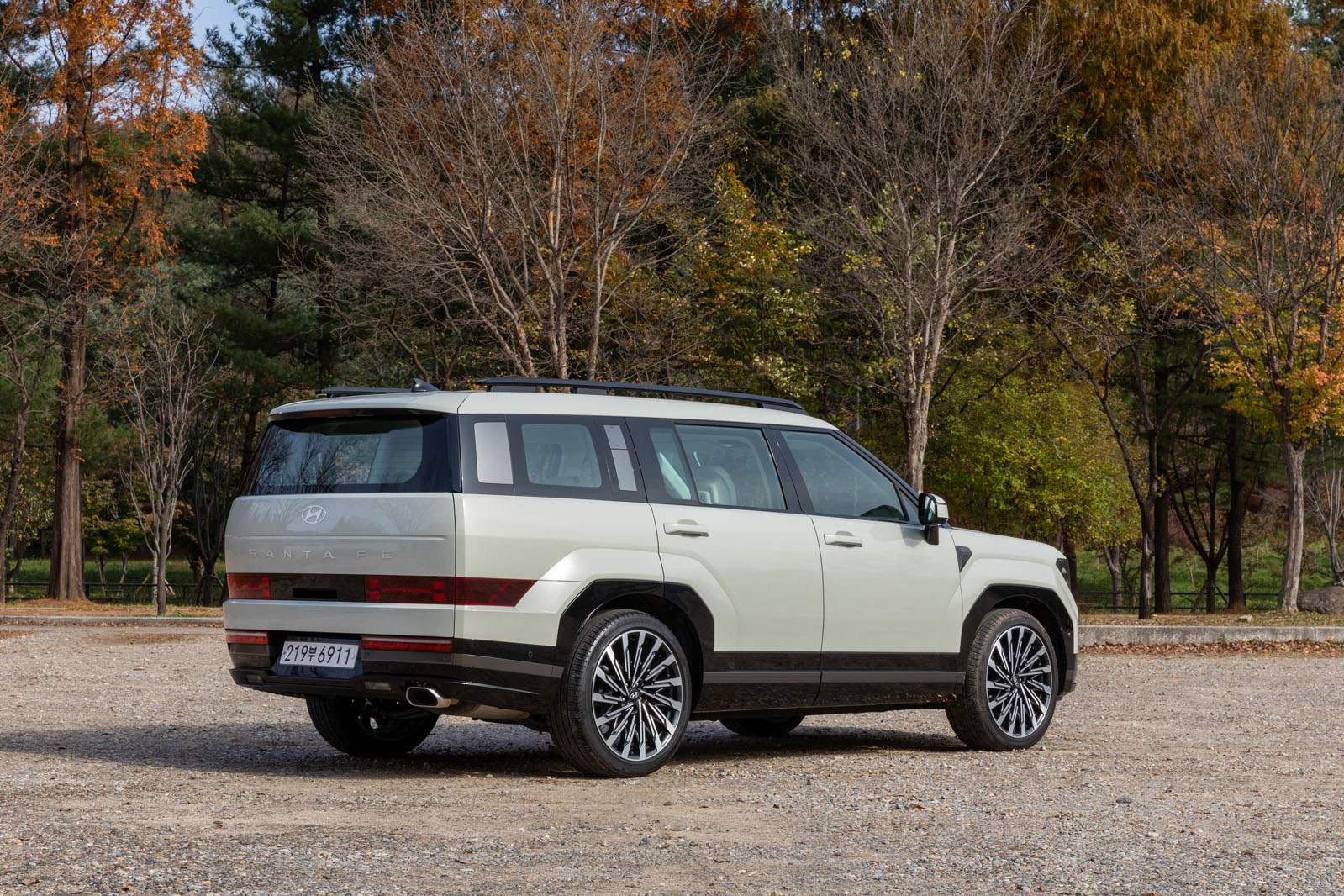On unveiling the new Hyundai Santa Fe, its chief designer SangYup Lee talked about how much of a "big change" the model was over its predecessor, and how "outdoors culture" had become more mainstream, which he wanted the Santa Fe to reflect.
There’s even apparently a trend in Korea for campers to just kip in their cars rather than pitch a tent. Since Hyundai started out down this chunky, square-edged pathwith the new Santa Fe, the new Defender and Ford Bronco have arrived too. Practicality, squareness and ruggedness in these kinds of cars is very much in.
The new car should arrive in the UK about a quarter of the way into next year, with two petrol hybrid variants offered (one plug-in) although it is already on sale in South Korea.
Existing model prices start at around £43,000; no word on the new one, but no reason to expect anything other than a modest increase.



















































